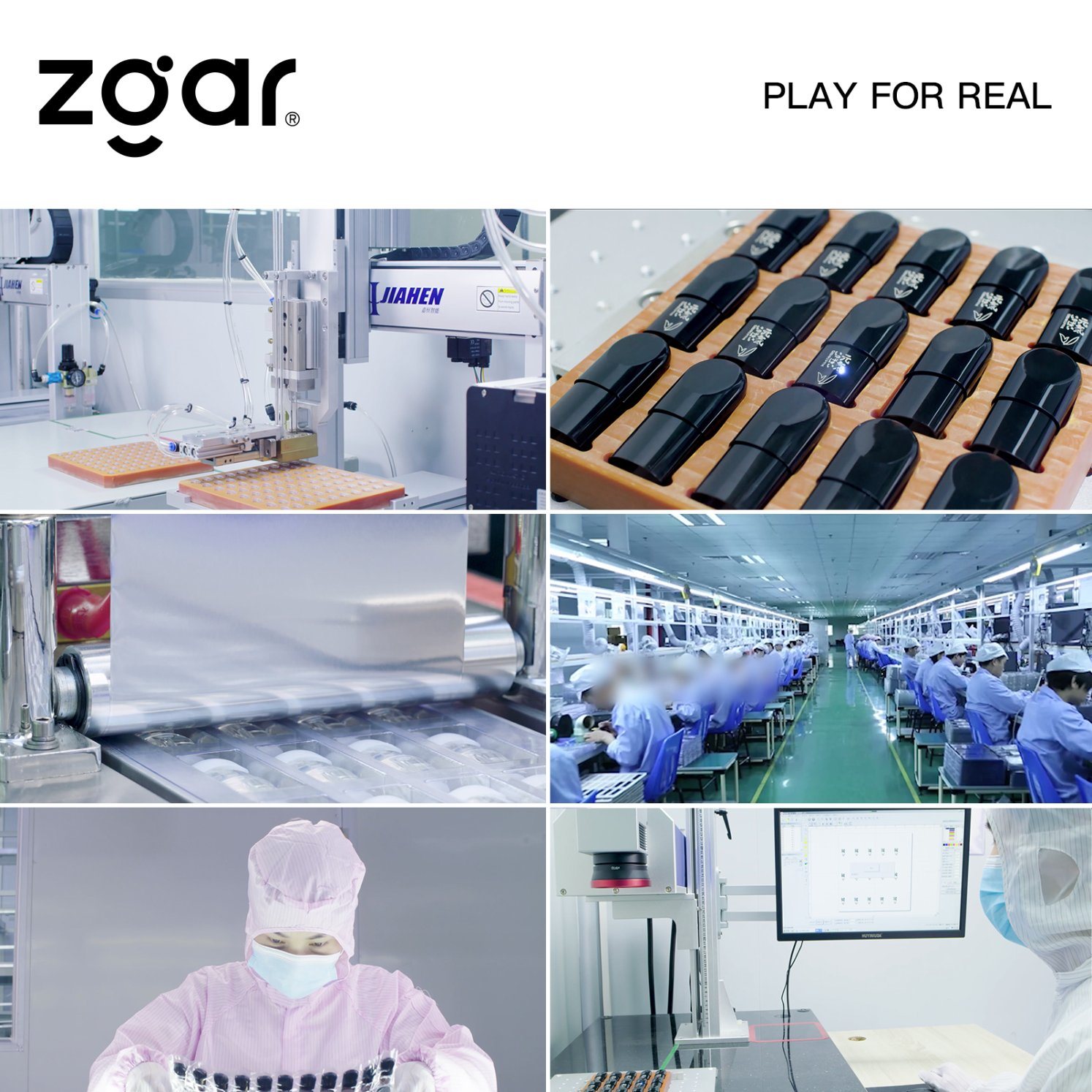Dynamic surface area and static volumetric method for measuring surface area and aperture - Database & Sql Blog Articles
Specific surface area: total surface area per unit mass of powder (m2 / g)
Pore ​​size distribution (porosity): The pore volume per unit mass of the powder varies with the pore size, including total pore volume, average pore size, pore volume-pore diameter distribution, and most pore size.
Nitrogen adsorption
The surface of ultrafine powder is very complicated, and its surface area and pore size distribution cannot be directly measured. The nitrogen adsorption method utilizes the low temperature physical adsorption characteristics of solid materials, and uses nitrogen molecules as “gauges†to measure the nitrogen adsorption amount on the surface of the powder, and then adopts each A physical model that accurately calculates the specific surface and pore volume-aperture distribution.
Relevant national and international standards
ISO-9277 / GB/T19587-2004 Determination of specific surface area of ​​solid materials by gas adsorption BET method
ISO 15901-2:2006 / GB/T21650.2-2008 Gas adsorption method for analysis of mesopores and macropores
ISO 15901-3 / GB/T---2009 Gas adsorption method for analysis of micropores
Specific surface and aperture analyzer classification
The role of the nitrogen adsorption instrument is to measure the amount of nitrogen adsorption. According to the test principle, it can be divided into:
Static method surface area and aperture analyzer dynamic method surface area and aperture analyzer static capacity method (using pressure sensor) specific surface measurement (direct comparison method, BET method)
Static method dynamic method In a closed vacuum system, the sample tube is immersed in a liquid nitrogen dewar, the nitrogen-nitrogen mixed gas continuously flowing under normal pressure is changed, and the gas pressure is obtained by changing the nitrogen/rhodium ratio; the pressure sensor measures the sample before and after adsorption. The pressure change value, different nitrogen partial pressure; the thermal conductivity detector as a nitrogen concentration sensor, the sample is measured to thereby measure the nitrogen adsorption amount. The nitrogen concentration was measured before and after the adsorption, thereby measuring the nitrogen adsorption amount.
About mesoporous pore size analysis and micropore size analysis
According to the aperture size classification, ≤ 2nm is called micropores, 2-50nm is called mesopores, and ≥ 50nm is called macropores.
1. Aperture analysis of mesopores and macropores (pore size range 2-500nm)
From the law of gas adsorption, it is found that under the action of capillary pore gravity, gas molecules can be sucked into the pores and form aggregates. The pressure required to produce capillary condensation has a quantitative relationship with the pore size, as long as the pores are measured under different pressures. The volume of gas filled can be used to calculate the volume and distribution of different pore sizes.
2. Micropore total pore volume analysis:
On the basis of mesoporous analysis, the total pore volume of <2 nm micropores was introduced by t-graph method and DR method.
3. Fine analysis of pore size distribution (pore size range 0.35-2nm):
A hole having a diameter of <2 nm is called a micropore. In the case of a micropore, the potential energy between the walls of the hole overlaps each other, and the adsorption capacity for the gas is much larger than that of the mesopores, and gas filling is required at a very low pressure. The analysis mode of mesopores is not applicable. Special microporous analysis models, such as HK, FS, DFT, etc., are needed to obtain the distribution curve of micropores. The requirements for instrument hardware and software are much more complicated than mesoporous analysis.
ZGAR AZ MC Disposable
ZGAR electronic cigarette uses high-tech R&D, food grade disposable pod device and high-quality raw material. All package designs are Original IP. Our designer team is from Hong Kong. We have very high requirements for product quality, flavors taste and packaging design. The E-liquid is imported, materials are food grade, and assembly plant is medical-grade dust-free workshops.
Our products include disposable e-cigarettes, rechargeable e-cigarettes, rechargreable disposable vape pen, and various of flavors of cigarette cartridges. From 600puffs to 5000puffs, ZGAR bar Disposable offer high-tech R&D, E-cigarette improves battery capacity, We offer various of flavors and support customization. And printing designs can be customized. We have our own professional team and competitive quotations for any OEM or ODM works.
We supply OEM rechargeable disposable vape pen,OEM disposable electronic cigarette,ODM disposable vape pen,ODM disposable electronic cigarette,OEM/ODM vape pen e-cigarette,OEM/ODM atomizer device.


Disposable E-cigarette, ODM disposable electronic cigarette, vape pen atomizer , Device E-cig, OEM disposable electronic cigarette
ZGAR INTERNATIONAL(HK)CO., LIMITED , https://www.sze-cigarette.com